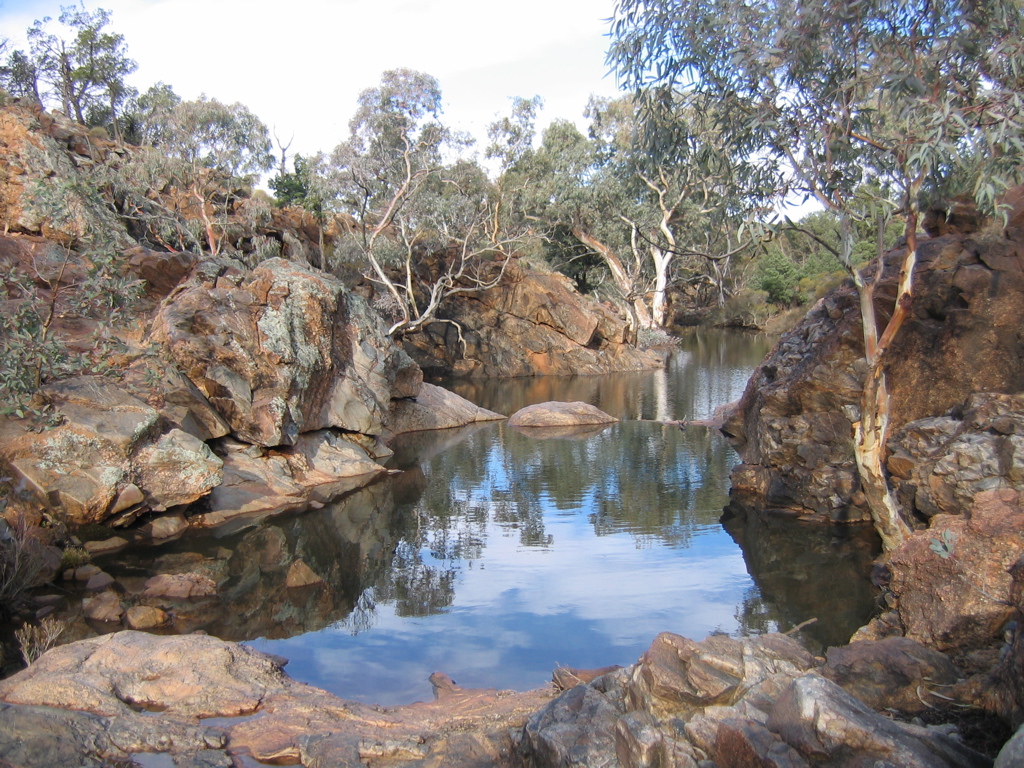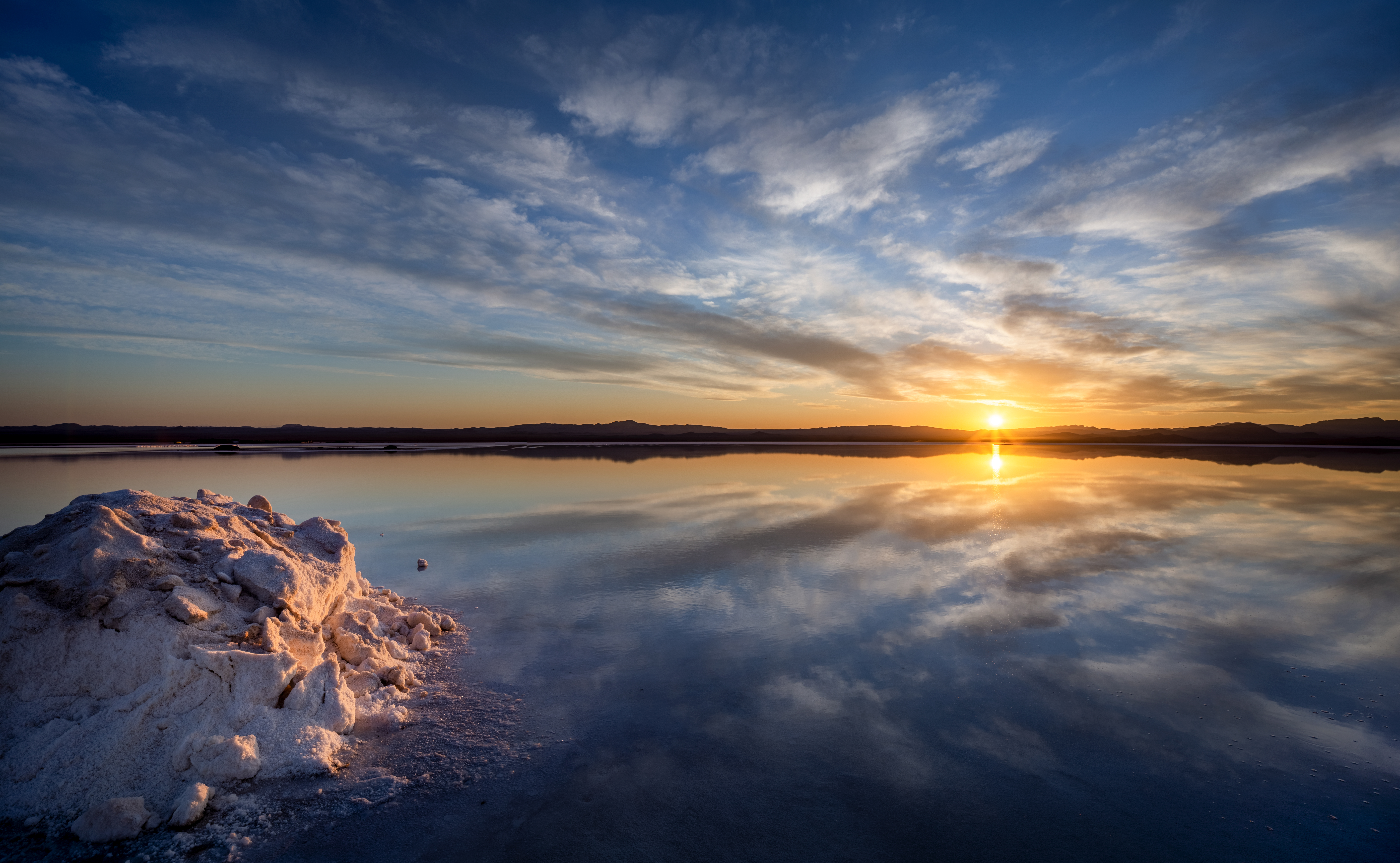|
Bony Bream
Bony bream ''Nematalosa erebi'' are a widespread and common, small to medium-sized Australian freshwater fish often found in large shoals throughout much of northern and central Australia, and the Murray-Darling basin. Description A deep bodied, laterally compressed fish with a blunt snout. Spineless dorsal fin with the posterior ray developedinto a long filament. Usually silver overall, sometimes grey to greenish dorsally. In Victoria it has been reported to develop a rusty red tinge especially around the mouth which is thought to be related to breeding. Some populations develop a dark blotch on the shoulder. Distribution Common and widespread throughout its range, found in the Pilbara, Timor Sea, Gulf of Carpentaria, Northeast Coast, Murray-Darling (at elevations below 200 metres, 650 ft) Are present in Tinaroo Dam, elevation 660m, often referred to as "Barra lollies" because of a tendency for impoundment barramundi to round them up and Lake Eyre Australi ... [...More Info...] [...Related Items...] OR: [Wikipedia] [Google] [Baidu] |
Animal
Animals are multicellular, eukaryotic organisms in the Kingdom (biology), biological kingdom Animalia. With few exceptions, animals Heterotroph, consume organic material, Cellular respiration#Aerobic respiration, breathe oxygen, are Motility, able to move, can Sexual reproduction, reproduce sexually, and go through an ontogenetic stage in which their body consists of a hollow sphere of Cell (biology), cells, the blastula, during Embryogenesis, embryonic development. Over 1.5 million Extant taxon, living animal species have been Species description, described—of which around 1 million are Insecta, insects—but it has been estimated there are over 7 million animal species in total. Animals range in length from to . They have Ecology, complex interactions with each other and their environments, forming intricate food webs. The scientific study of animals is known as zoology. Most living animal species are in Bilateria, a clade whose members have a Symmetry in biology#Bilate ... [...More Info...] [...Related Items...] OR: [Wikipedia] [Google] [Baidu] |
Pilbara Drainage Division
The Pilbara () is a large, dry, thinly populated region in the north of Western Australia. It is known for its Aboriginal peoples; its ancient landscapes; the red earth; and its vast mineral deposits, in particular iron ore. It is also a global biodiversity hotspot for subterranean fauna. Definitions of the Pilbara region At least two important but differing definitions of "the Pilbara" region exist. Administratively it is one of the nine regions of Western Australia defined by the ''Regional Development Commissions Act 1993''; the term also refers to the Pilbara shrublands bioregion (which differs in extent) under the Interim Biogeographic Regionalisation for Australia (IBRA). General The Pilbara region, as defined by the Regional Development Commissions Act 1993 and administered for economic development purposes by the Pilbara Development Commission, has an estimated population of 61,688 , and covers an area of . It contains some of Earth's oldest rock formations, and ... [...More Info...] [...Related Items...] OR: [Wikipedia] [Google] [Baidu] |
Freshwater Fish Of Australia
Freshwater fish of Australia are limited to approximately 280 species, even though the Australian continent is larger than the contiguous United States. The small scale of species found in Australian inland waters is in some part due to the dry conditions of the continent. Rainfall is sporadic over much of the continent, and fish cannot live in many of the desert regions of South Australia and Western Australia. Most freshwater species are found in tropical or subtropical regions. A large proportion of freshwater species are endemic to Australia. The family Percicthyidae (temperate perches) and other families suspected in reality to lie within it (e.g. Gadopsidae, Nannopercidae) have risen to prominence in and dominate many of its freshwater systems, in contrast to the Northern Hemisphere where freshwater fish faunas are overwhelmingly dominated by the carp family, Cyprinidae. (No cyprinid species is native to Australia). Due to the illegal introduction of carp (''Cyprinus carpio' ... [...More Info...] [...Related Items...] OR: [Wikipedia] [Google] [Baidu] |
Benthic
The benthic zone is the ecological region at the lowest level of a body of water such as an ocean, lake, or stream, including the sediment surface and some sub-surface layers. The name comes from ancient Greek, βένθος (bénthos), meaning "the depths." Organisms living in this zone are called benthos and include microorganisms (e.g., bacteria and fungi) as well as larger invertebrates, such as crustaceans and polychaetes. Organisms here generally live in close relationship with the substrate and many are permanently attached to the bottom. The benthic boundary layer, which includes the bottom layer of water and the uppermost layer of sediment directly influenced by the overlying water, is an integral part of the benthic zone, as it greatly influences the biological activity that takes place there. Examples of contact soil layers include sand bottoms, rocky outcrops, coral, and bay mud. Description Oceans The benthic region of the ocean begins at the shore line (intertidal ... [...More Info...] [...Related Items...] OR: [Wikipedia] [Google] [Baidu] |
Ephemeral
Ephemerality (from the Greek word , meaning 'lasting only one day') is the concept of things being transitory, existing only briefly. Academically, the term ephemeral constitutionally describes a diverse assortment of things and experiences, from digital media to types of streams. "There is no single definition of ephemerality". With respect to unique performances, for example, it has been noted that " hemerality is a quality caused by the ebb and flow of the crowd's concentration on the performance and a reflection of the nostalgic character of specific performances". Because different people may value the passage of time differently, ephemerality may be a relative, perceptual concept: "In brief, what is short-lived may not be the object itself, but the attention we afford it".Ronald Beiner, ''Political Philosophy: What It Is and Why It Matters'' (2014), p. 10. Ephemerality and nature Geographical features An ephemeral stream is that which only exists following precipitation. ... [...More Info...] [...Related Items...] OR: [Wikipedia] [Google] [Baidu] |
Saline Lake
A salt lake or saline lake is a landlocked body of water that has a concentration of salts (typically sodium chloride) and other dissolved minerals significantly higher than most lakes (often defined as at least three grams of salt per litre). In some cases, salt lakes have a higher concentration of salt than sea water; such lakes can also be termed hypersaline lakes, and may also be pink lakes on account of their colour. An alkalic salt lake that has a high content of carbonate is sometimes termed a soda lake. One saline lake classification differentiates between: *subsaline: 0.5–3‰ (0.05-0.3%) *hyposaline: 3–20‰ (0.3-2%) *mesosaline: 20–50‰ (2-5%) *hypersaline: greater than 50‰ (5%) Properties Salt lakes form when the water flowing into the lake, containing salt or minerals, cannot leave because the lake is endorheic (terminal). The water then evaporates, leaving behind any dissolved salts and thus increasing its salinity, making a salt lake an excellent place ... [...More Info...] [...Related Items...] OR: [Wikipedia] [Google] [Baidu] |
Drainage Basin
A drainage basin is an area of land where all flowing surface water converges to a single point, such as a river mouth, or flows into another body of water, such as a lake or ocean. A basin is separated from adjacent basins by a perimeter, the '' drainage divide'', made up of a succession of elevated features, such as ridges and hills. A basin may consist of smaller basins that merge at river confluences, forming a hierarchical pattern. Other terms for a drainage basin are catchment area, catchment basin, drainage area, river basin, water basin, and impluvium. In North America, they are commonly called a watershed, though in other English-speaking places, "watershed" is used only in its original sense, that of a drainage divide. In a closed drainage basin, or endorheic basin, the water converges to a single point inside the basin, known as a sink, which may be a permanent lake, a dry lake, or a point where surface water is lost underground. Drainage basins are similar ... [...More Info...] [...Related Items...] OR: [Wikipedia] [Google] [Baidu] |
Lake Eyre Basin
The Lake Eyre basin ( ) is a drainage basin that covers just under one-sixth of all Australia. It is the largest endorheic basin in Australia and amongst the largest in the world, covering about , including much of inland Queensland, large portions of South Australia and the Northern Territory, and a part of western New South Wales. The basin is also one of the largest, least-developed arid zone basins with a high degree of variability anywhere. It supports only about 60,000 people and has no major irrigation, diversions or flood-plain developments. Low density grazing that sustains a large amount of wildlife is the major land use, occupying 82% of the total land within the basin. The Lake Eyre basin of precipitation (rain water) to a great extent geographically overlaps the Great Artesian Basin underneath. The basin began as a sinking landmass mostly covered by forest and contained many more lakes than now. The climate has changed from wet to arid over the last 60 million years ... [...More Info...] [...Related Items...] OR: [Wikipedia] [Google] [Baidu] |
Australian North-east Coast Drainage Division
The north-east coast drainage division or north-east coast basin is the area of Queensland between the Great Dividing Range and the Pacific Ocean. It lies between Torres Strait and an arbitrary line drawn along the Queensland - New South Wales border. In the north it meets the Gulf of Carpentaria basin to its west while further south lies the Lake Eyre Basin and the Murray-Darling Basin. In the south the Australian south-east coast drainage division continues to the east of the Great Divide. The basin covers 450,705 km2 across 46 river catchments. It is the seventh largest out of twelve separate drainage divisions covering Mainland Australia. Just under one half of all Australian freshwater species are found in the north east coast division. See also * Southwest corner of Western Australia * Indian Ocean drainage division: see Pilbara region of Western Australia * Timor Sea drainage division: see Top End and Kimberley region of Western Australia * South Australian gulf ... [...More Info...] [...Related Items...] OR: [Wikipedia] [Google] [Baidu] |
Gulf Of Carpentaria Drainage Division
A gulf is a large inlet from the ocean into the landmass, typically with a narrower opening than a bay, but that is not observable in all geographic areas so named. The term gulf was traditionally used for large highly-indented navigable bodies of salt water that are enclosed by the coastline. Many gulfs are major shipping areas, such as the Persian Gulf, Gulf of Mexico, Gulf of Finland, and Gulf of Aden The Gulf of Aden ( ar, خليج عدن, so, Gacanka Cadmeed 𐒅𐒖𐒐𐒕𐒌 𐒋𐒖𐒆𐒗𐒒) is a deepwater gulf of the Indian Ocean between Yemen to the north, the Arabian Sea to the east, Djibouti to the west, and the Guardafui Channe .... See also * References External links * {{Authority control Bodies of water Coastal and oceanic landforms Coastal geography Oceanographical terminology ... [...More Info...] [...Related Items...] OR: [Wikipedia] [Google] [Baidu] |
Timor Sea Drainage Division
Timor is an island at the southern end of Maritime Southeast Asia, in the north of the Timor Sea. The island is divided between the sovereign states of East Timor on the eastern part and Indonesia on the western part. The Indonesian part, also known as West Timor, constitutes part of the province of East Nusa Tenggara. Within West Timor lies an exclave of East Timor called Oecusse District. The island covers an area of . The name is a variant of ''timur'', Malay for "east"; it is so called because it lies at the eastern end of the Lesser Sunda Islands. Mainland Australia is less than 500 km away, separated by the Timor Sea. Language, ethnic groups and religion Anthropologists identify eleven distinct ethno-linguistic groups in Timor. The largest are the Atoni of western Timor and the Tetum of central and eastern Timor. Most indigenous Timorese languages belong to the Timor–Babar branch of the Austronesian languages spoken throughout the Indonesian archipelago. ... [...More Info...] [...Related Items...] OR: [Wikipedia] [Google] [Baidu] |







